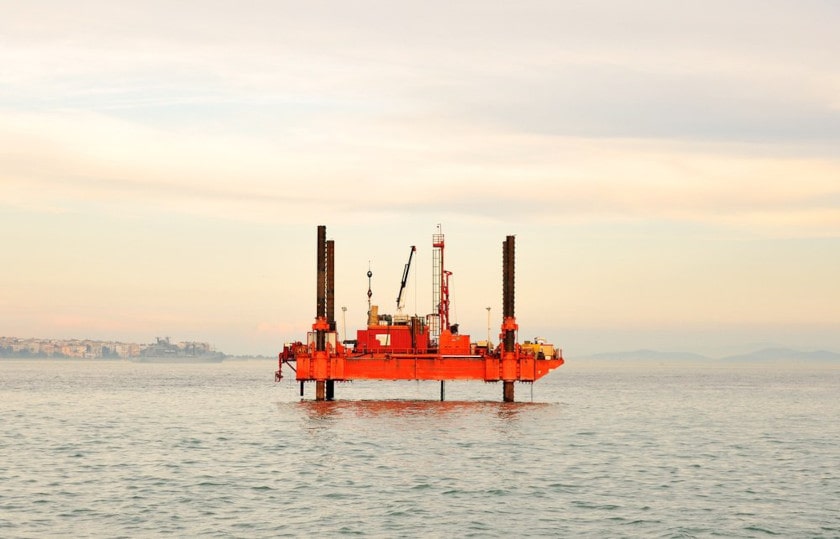Natural Gas Year in Review: 7 Key Highlights

What happened in the natural gas industry in the last twelve months? Use this brief overview to identify trends that matter to your business and then dive deeply into the details later.
1. Natural Gas is Booming in Electricity Generation
After operating at a disadvantage to coal for many years, natural gas is starting to become the most popular choice for electricity generation. Unlike coal, natural gas burns relatively cleanly.
For countries pursuing carbon dioxide reduction plans, switching to natural gas for power generation makes sense. In fact, natural gas production is forecast to grow faster than other fuels between now and 2040, according to U.S. government forecasts.
2. U.S. Natural Gas Consumption Continues to Rise
Year over year, the U.S. is consuming more and more natural gas. The development of additional production facilities and improved pipelines were two of the key causes for the growth. In 2016, U.S. total consumption was 888 billion cubic feet per day. In 2017, consumption increased to 901 billion cubic feet per day (a 1.4% increase), according to the U.S. Energy Information Administration.
3. New Natural Gas Opportunities in Mozambique?
If you only develop gas resources in crowded markets, you will face significant competition. For those willing to take some risk, look at less developed countries. For example, Mozambique is estimated to have 85 trillion cubic feet of natural gas available.
While this may not be one of the largest reserves in the world, developing Mozambique’s resources is attractive for several reasons. The country is relatively poor, which means low costs to develop the resources compared to other countries. Further, significant natural gas reserves have been discovered off the country’s coast.
4. Canadian Natural Gas Companies Struggle with Low Prices
As a relatively cold country, Canada offers an interesting case study in natural gas trends. Milder weather in 2017 had a negative impact on natural gas demand, which directly impacted prices.
Beyond consumer issues, infrastructure also poses a significant problem for Canadian natural gas producers. Several Canadian producers are interested in leveraging the Jordan Cove LNG project in Oregon to export gas to Asia. Unfortunately, that facility is still years away from becoming operational, and it is unclear if Canadian producers will have access to it.
5. UPS Signs Deal to Purchase Natural Gas for its Vehicle Fleet
Home heating and electricity generation remain top uses for natural gas, but that is not the full story. Recently, package shipment company UPS announced a deal to buy 10 million gallon equivalents of natural gas per year for its fleet. This commitment also includes establishing natural gas stations across the U.S., including Kentucky, Pennsylvania, South Carolina and Georgia. This purchase contributes to UPS’s long-term strategy to reduce reliance on gasoline to power its fleet.
Will other companies with large vehicle fleets follow UPS’s lead? That is a trend to watch in the coming year.
6. Russian Natural Gas Exports to Europe Continue to Boom
It may not be the best relationship, but Russia and Europe continue to do significant business with each other in natural gas. Consider Germany, the powerhouse of the European economy, as an example. Approximately 40% of German natural gas consumption is from Russia already, and that figure is estimated to clear the 50% mark in the future.
In 2017, a proposed natural gas pipeline between Germany and Russia — Nord Stream 2 — encountered a mixed reception. Some Germans advocate for increasing natural gas supplies, while several local areas have yet to provide approval. This pipeline will complement another Baltic pipeline that opened in 2011.
7. New Natural Gas Technology for the Consumer Market Delivers Cost Savings
The i2 furnace, built in Canada, came out in 2017 and it may have a transformative impact on consumers. Some estimates claim the furnace will save the average consumer $400 per year in costs.
Unlike some home upgrades, installing the i2 furnace does not require an extensive change. Will 2018 see the adoption of additional energy efficiency boosting devices?
Improving Your Natural Gas Business: Which Trends Matter?
The last year was one of growth and innovation for the natural gas industry. How can you make sense of these developments to grow your business? We have two suggestions. First, look for opportunities outside of your local market. Second, look for technology wins that can be realized quickly, like equipping your front-line technicians and engineers with digital solutions such as mobile forms.
You will have better data on performance, cost, and efficiency as a result. That means fewer costly mistakes and greater room in your budget to take on new projects like pipelines and getting UPS-style contracts.
Learn more about the difference mobile forms can make for your natural gas company.